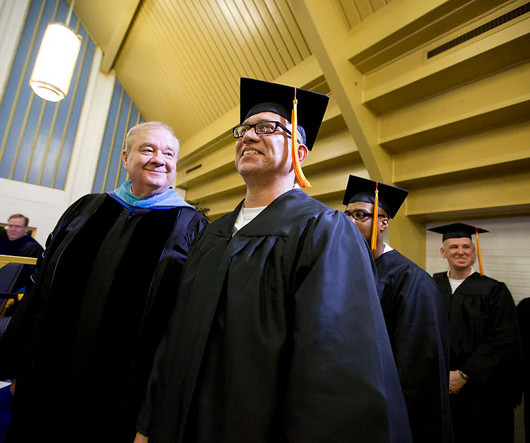How Do Most People Pay for College?
BestColleges
DECEMBER 22, 2022
In 2019-2020, just over half of first-time, full-time undergraduates (52%) received college grant money from the federal government. [3]. 41% borrowed federal student loans. In 2022, the average student put about $500 of their savings toward their college education. [4]. Student Loans. Student Loans.
















Let's personalize your content